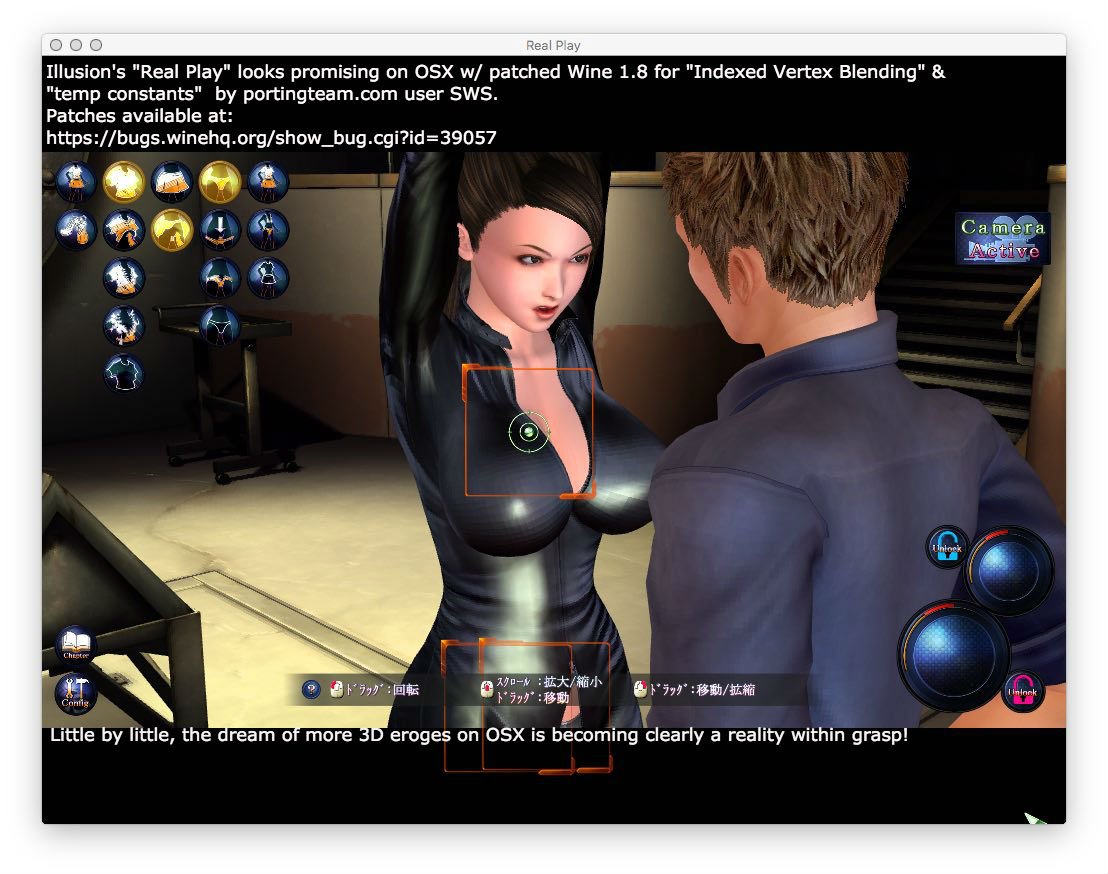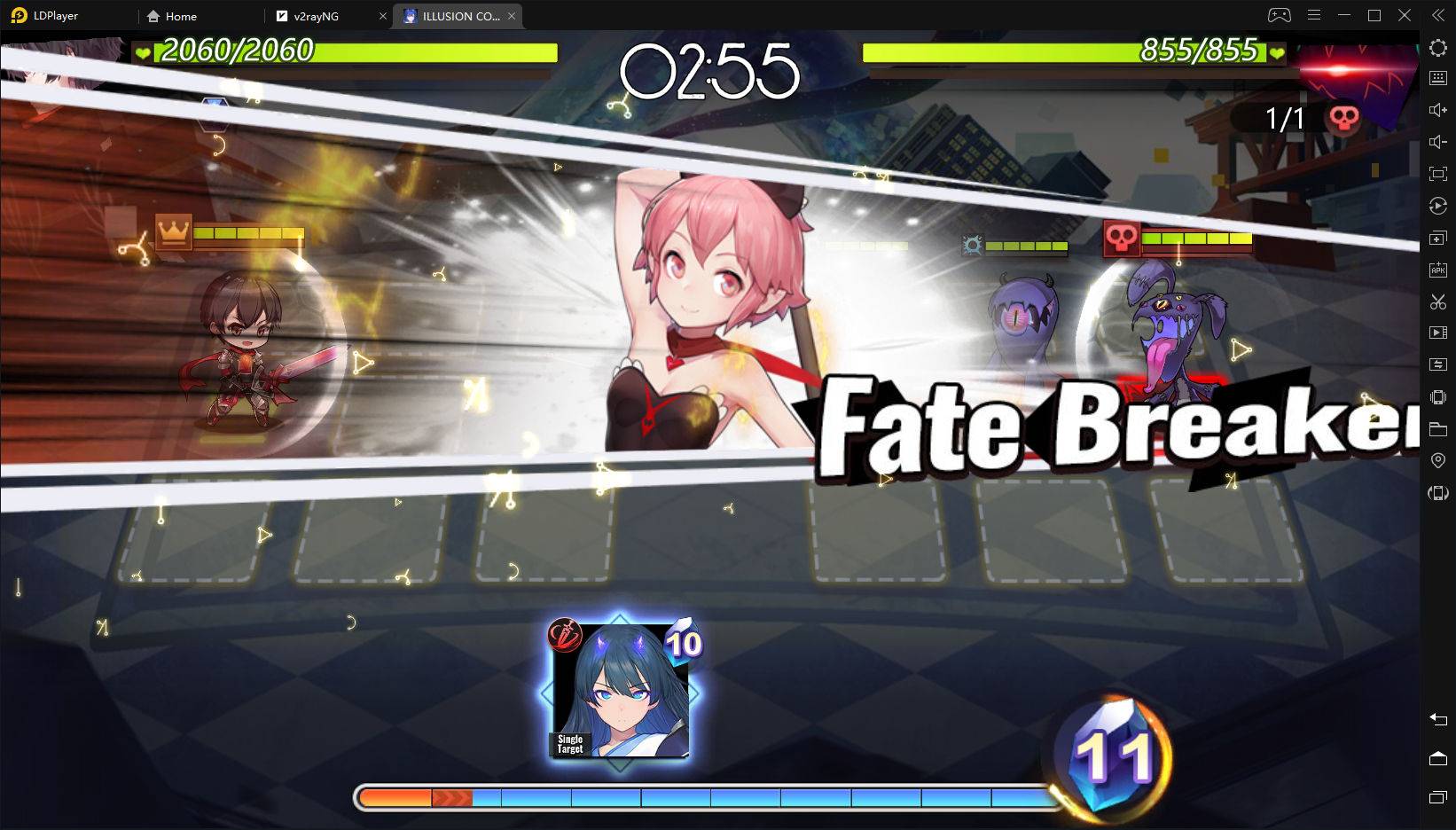

It would sure be nice to finally have a good game based on The Matrix, too, hint-hint-wink-wink.Our new installment of the “Illusions” column in Scientific American Mind, out yesterday, is dedicated to “Folk Illusions,” the misperception tricks that school age children play on each other at recess and sleepover parties. Not that photorealistic games are necessarily my favorites, but I’ll take all the immersion I can get.

#Illusion real play game windows
In night mode, nearly all lighting comes from the millions of emissive building windows No light sources were placed for the tens of thousands of street lights and headlights.
#Illusion real play game full
Screenshot by Umar Shakir / The VergeĪnd the most convincing part is that it’s not just a scripted sequence running in real-time on your PS5 or Xbox like practically every other tech demo you’ve seen - you get to run, drive, and fly through it, manipulate the angle of the sun, turn on filters, and dive into a full photo mode, as soon as the scripted and on-rails shooter parts of the demo are done. Screenshot by Umar Shakir / The Vergeĭespite glitches and an occasionally choppy framerate, The Matrix Awakens city feels more real, thanks to Unreal Engine’s incredible global illumination and real-time raytracing (“The entire world is lit by only the sun, sky and emissive materials on meshes,” claims Epic), the detail of the procedurally generated buildings, and how dense it all is in terms of cars and foot traffic. Going back to look at videos of those games, even the most recent ones that added real-time raytracing, their cities look game-like by comparison. It’s head-and-shoulders above the most photorealistic video game cities we’ve seen so far, including those in the Spider-Man, Grand Theft Auto and Watch Dogs series. Image: Epic Gamesīut from a “is it time for photorealistic video game cities?” perspective, The Matrix Awakens is seriously convincing. It honestly reminds me a bit of the original Final Fantasy VII, where Cloud, Tifa, Barrett and Aerith might look quite different depending on whether you were playing a battle, watching a cutscene, or traversing the world - because even though developer Square could produce state-of-the-art graphics, there weren’t resources to give everything the same level of polish. From a “digital humans” perspective, the illusion breaks pretty quick.

We go from a veritable doppelganger of Reeves that must have been at least partially real-life footage, to uncanny valley puppetry (what robot is wearing Keanu’s skin?) to cutscene-quality video game avatars, to finally just fairly average video game characters roaming around a world with no particular purpose.


 0 kommentar(er)
0 kommentar(er)
